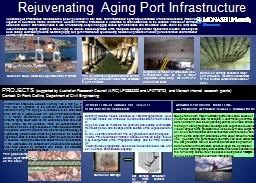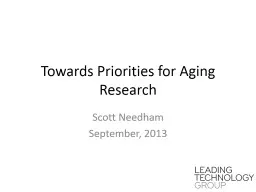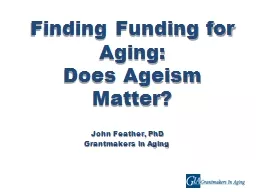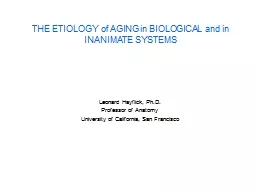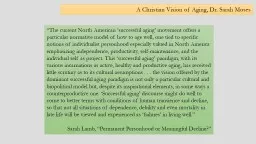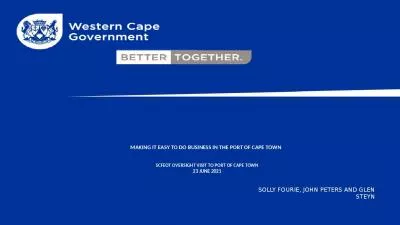PPT-Rejuvenating Aging Port Infrastructure
Author : cheryl-pisano | Published Date : 2017-10-03
ADVANCED PREDICTIVE MODELLING PROACTIVE APPROACH TO ASSET MANAGEMENT PROJECTS supported by Australian Research Council ARC LP0883290 and LP0776702 and Monash
Presentation Embed Code
Download Presentation
Download Presentation The PPT/PDF document "Rejuvenating Aging Port Infrastructure" is the property of its rightful owner. Permission is granted to download and print the materials on this website for personal, non-commercial use only, and to display it on your personal computer provided you do not modify the materials and that you retain all copyright notices contained in the materials. By downloading content from our website, you accept the terms of this agreement.
Rejuvenating Aging Port Infrastructure: Transcript
Download Rules Of Document
"Rejuvenating Aging Port Infrastructure"The content belongs to its owner. You may download and print it for personal use, without modification, and keep all copyright notices. By downloading, you agree to these terms.
Related Documents

